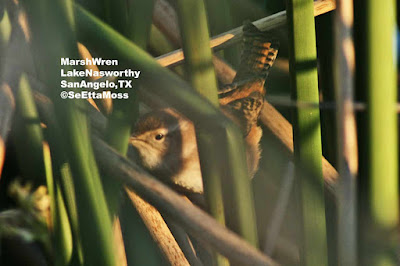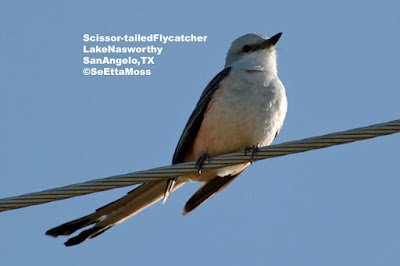So Texas & Crested Caracaras

Though I saw a few Crested Caracaras in the Uvalde area (at the edge of Texas Hill/River Country & the beginning of South Texas), the numbers I saw this afternoon as I drove into South Texas were impressive--about 30 in under 300 miles or about one for every 10 highway mile. Crested Caracaras are quite distinctive in appearance, even in flight, as shown in these pics. Though their faces are usually only viewable with binoculars, their bright orange facial skin (ironically matching their legs) stands out. Though they will take live prey, both invertebrate and vertebrates, they also eat carrion and are known to join vultures to chow down on some rotted delight. SeEtta






